In a speech with business leaders, BoJ Governor Haruhiko Kuroda said that CPI is likely to “increase moderately in positive territory for the time being”, reflecting rise in energy prices. Thereafter, “it is projected to increase gradually to about 1 percent as the output gap turns positive around the middle of next year.”
He noted that economic recovery in Japan has been “somewhat slower than initially expected”. Nevertheless “the mechanism for economic recovery has been maintained.”
Real GDP is expected to recovery to pre-pandemic level in the first half of 2022. Thereafter, “as the resumption of economic activity progresses while public health is being protected, Japan’s economy is expected to follow a growth path that outpaces its potential growth rate, supported by relatively high growth in overseas economies and accommodative financial conditions.”




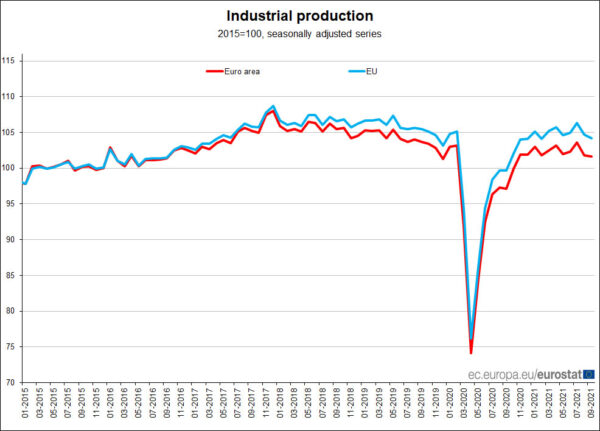
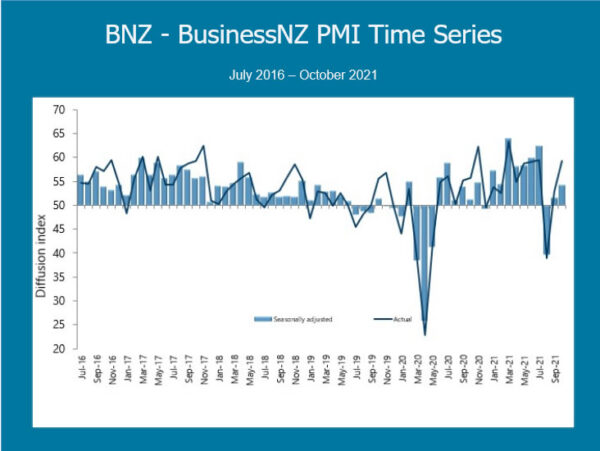
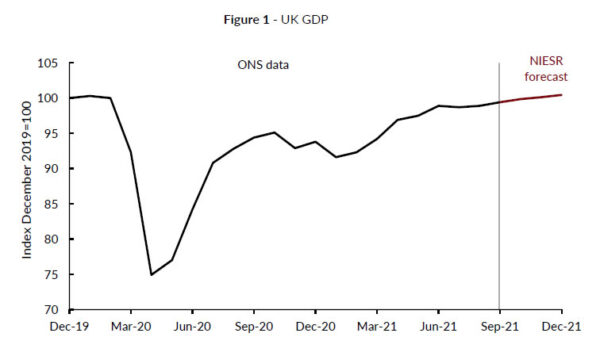
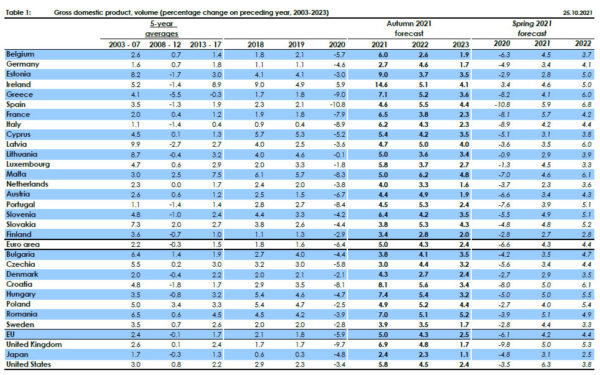
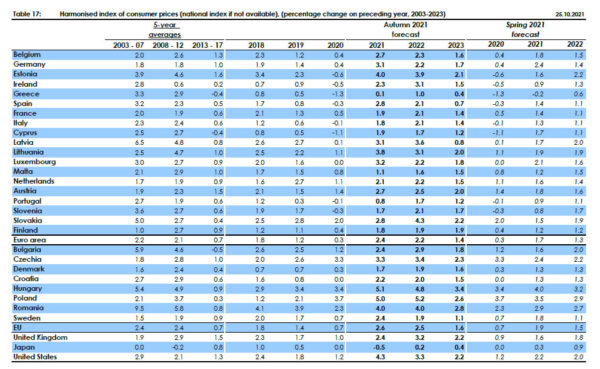
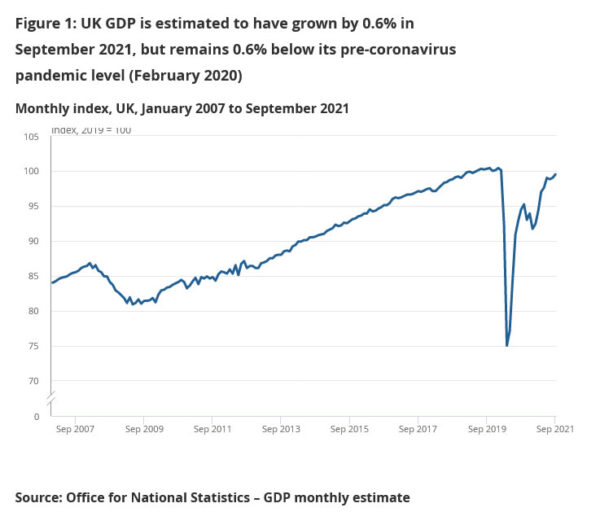
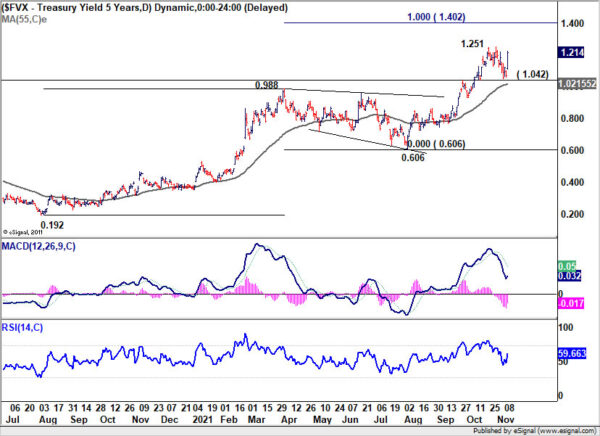
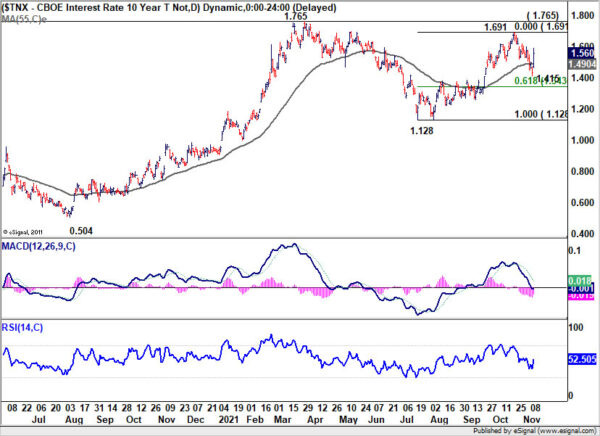
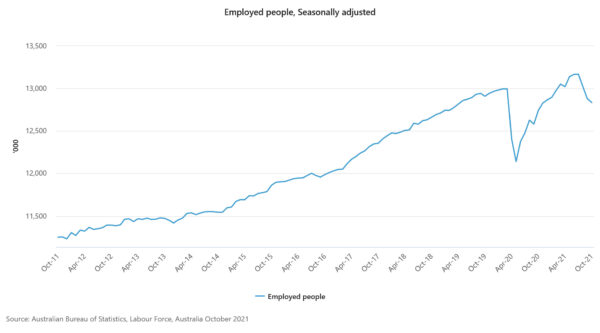
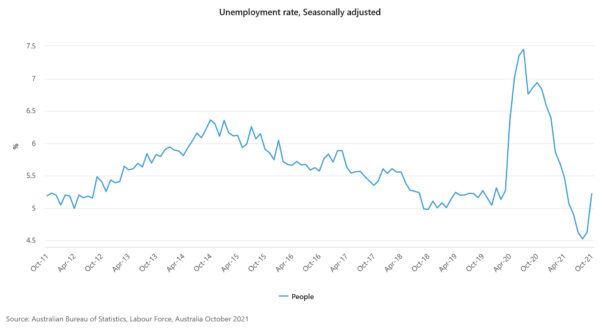
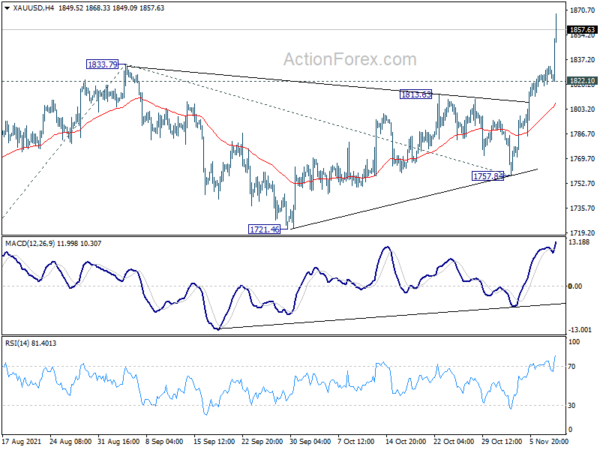
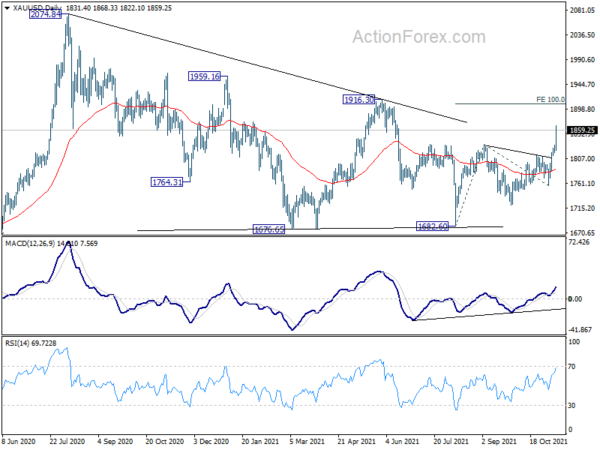
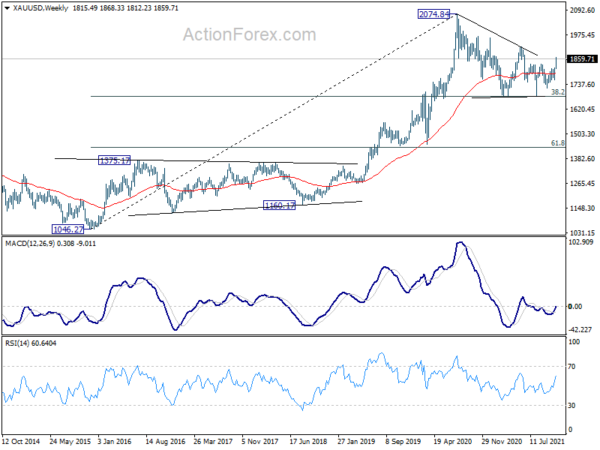
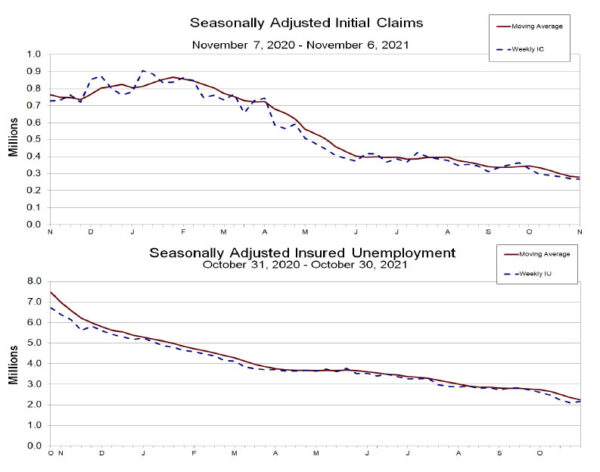
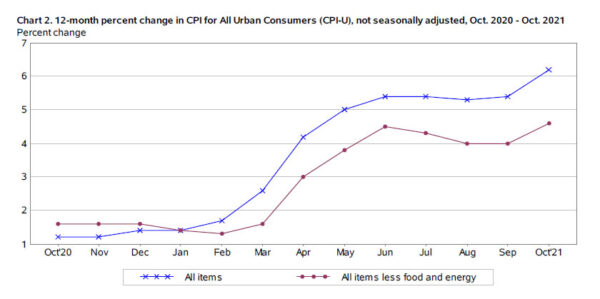
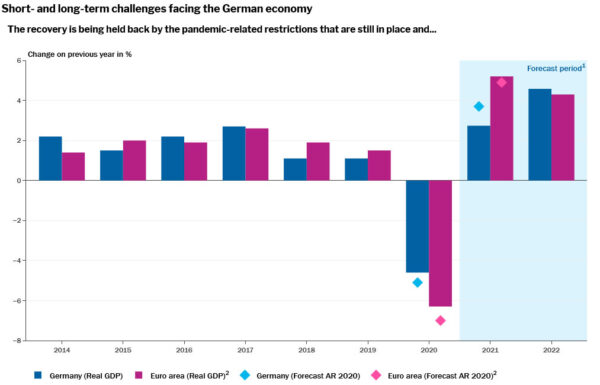

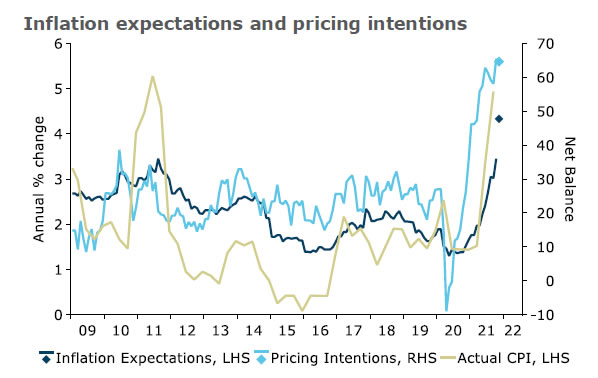
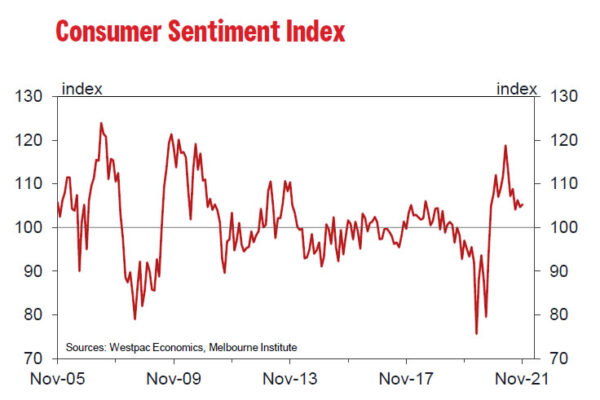

China industrial production rose 3.5% yoy in Oct, retail sales up 4.9% yoy
China industrial production rose 3.5% yoy in October, above expectation of 3.0% yoy. Retail sales rose 4.9% yoy, versus expectation of 3.8% yoy. Fixed asset investment rose 6.1% ytd yoy, versus expectation of 6.2%.
“The national economy was generally stable and maintained the trend of recovery,” the NBS said in a statement. “However, we must be aware that the international environment is still complicated and severe with many unstable and uncertain factors.”